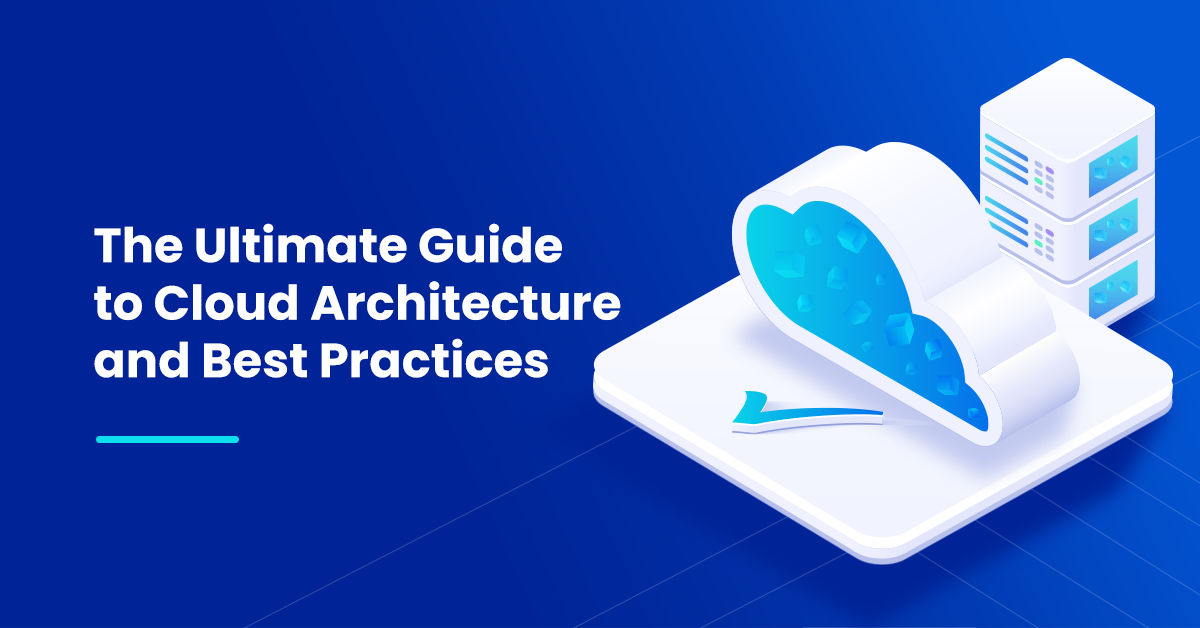As more and more organizations decide to move to the cloud to boost their overall ROI, there is a need to establish high-performing and secure cloud architectures that can perfectly align with business requirements.
Cloud architecture has now become an essential part of deployments as it unifies the ecosystem for all your cloud components.
In this article, we discuss everything there is to know about cloud architecture.
What is Cloud Architecture?
Cloud architecture refers to how different technological components come together to build a cloud environment where you can pool and share scalable resources across a network.
It essentially works as a blueprint for your cloud, defining how different cloud technologies, applications, workloads, and other components interact.
Cloud architecture can have the following parts:
- A backend platform (which can include storage and servers)
- A frontend platform (which can include client platforms or devices that are used to access the cloud)
- A cloud-based delivery model
- A network
The ideal cloud architecture focuses on scalability and agility while also considering the unique and complex needs of your users, applications, and workloads.
What Are The Types Of Cloud Architectures?
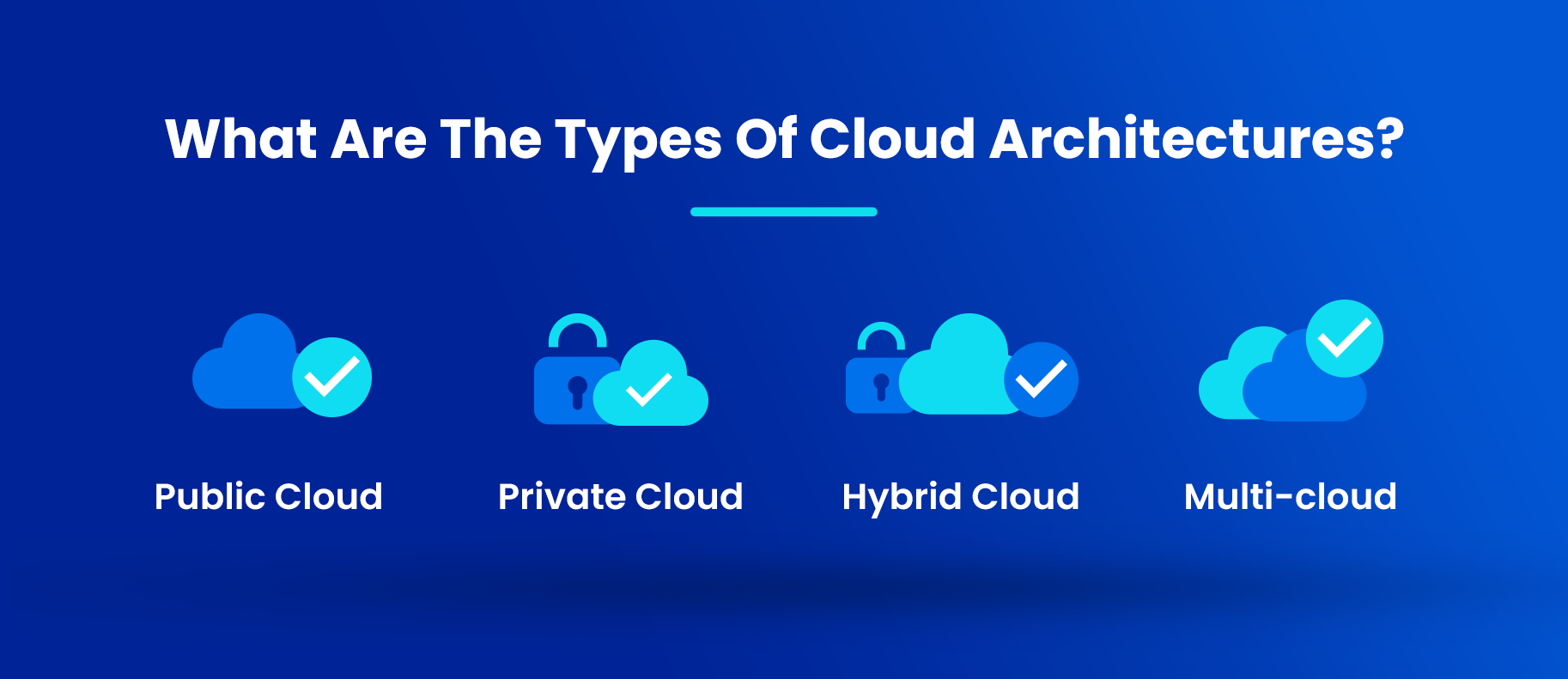
Public Cloud
With a public cloud, users get access to shared resources through virtual servers, allowing them to leverage more powerful servers and cloud equipment at a lesser price. Since public clouds follow the multi-tenant approach, organizations, or rather ‘cloud tenants,’ share the same storage, hardware, and network devices. Public cloud providers allow users to deploy applications which can then be accessed over the internet.
With public cloud architecture, users can securely access and scale resources as required. Public clouds are operated through third-party providers like AWS. It’s also important to note that while public clouds offer more scalability and are more cost-effective, they don’t provide as much control over the cloud architecture as compared to private cloud.
Private Cloud
A private cloud is operated and owned by an organization or a third-party provider and is dedicated to only one organization. As a result, it provides more control over data and customization as compared to public clouds.
Private clouds can limit computing and cloud storage, but that, in turn, helps provide more protection against potential attacks. Also, this very feature makes the private cloud less scalable and more expensive than the public cloud.
Hybrid Cloud
A hybrid cloud combines the benefits of both private and public clouds, allowing users to take advantage of the cost-effectiveness and scalability offered by the public cloud and the security and control offered by the private cloud.
This can especially be helpful when businesses have important workloads with sensitive data that they want to keep in the private cloud while moving the rest of the workloads to the public cloud for cost optimization.
Multi-cloud
A multi-cloud architecture involves using multiple cloud providers to serve the different cloud needs of an organization. This, in turn, gives businesses the ability to decide where their workloads, applications, and data should be hosted.
With a multi-cloud setup, businesses can boost redundancy and availability and improve overall performance. It becomes possible to spread workloads across different cloud providers and even switch between different providers.
The biggest advantage of using a multi-cloud architecture is that it allows businesses to mix and match network, storage, and cloud resources from different cloud providers to find the best fit for optimum performance and minimized cloud costs.
Best practices To Follow When Building a Cloud Architecture
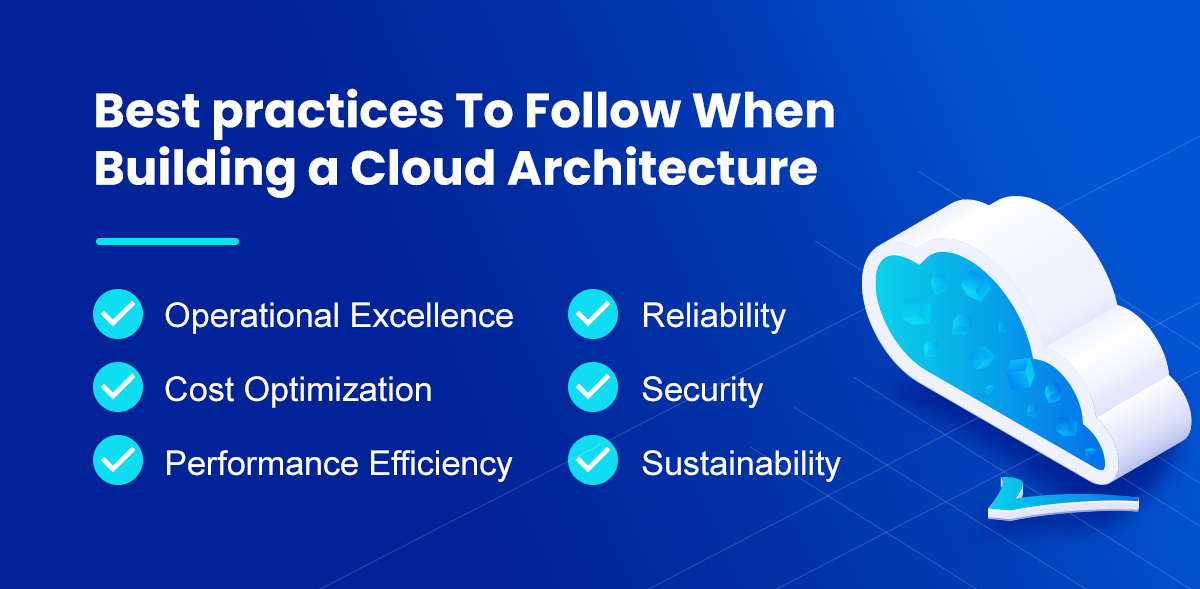
1. Operational Excellence
Operation excellence involves monitoring systems and continuously improving the cloud architecture as well as the internal processes around it.
When it comes to making changes to the cloud architecture, you should make incremental changes instead of going all out at once to avoid failure or unexpected events. There should also be a focus on documenting the procedures for better understanding and troubleshooting.
2. Cost Optimization
Cost optimization is a major concern for businesses moving to the cloud, so it cannot be an afterthought when building the cloud architecture. By incorporating the right cloud cost optimization strategies, you can greatly reduce overall cloud spending. You can also optimize costs by analyzing the expenses of every functionality and component of the cloud architecture, dropping components that have more operational costs, and replacing them with better alternatives.
Streamline your Well-Architected Review
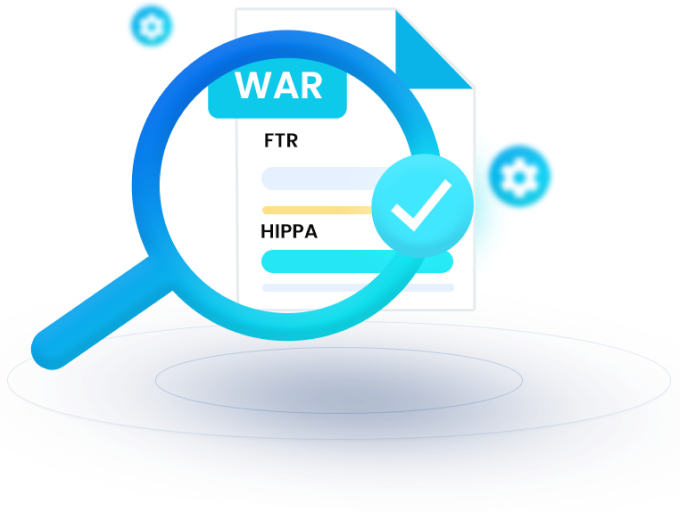
3. Performance Efficiency
Designing your cloud architecture with the right cloud service provider in the right way can help significantly improve performance efficiency. The focus should be on structuring and streamlining computing resources by selecting the right resource sizes and types in order to optimize workloads. You can also use automation and AI to identify areas of improvement and create a more effective and high-performance cloud architecture.4. Reliability
The goal of reliability is to ensure your workloads are performing exactly the way they are supposed to perform. Your workloads should also have the ability to quickly recover from an outage or failure and dynamically meet the required demands. To achieve this, you can build an automated recovery process to effectively predict failures and respond to them before they lead to bigger problems. You can also use autoscaling to avoid overprovisioning or underprovisioning. While overprovisioning can lead to an outage, underprovisioning can lead to idle resources. It’s also a good practice to establish processes for making any big or small changes to the cloud architecture, which can cover everything from monitoring resources to managing changes in demand.5. Security
Security should be one of the major factors to keep in mind when building your cloud architecture. After all, when you are running your applications and workload on the cloud, the main aim should be to keep your cloud environment secure. The focus should be on maintaining the integrity of data, establishing procedures to detect security breaches, and managing user permissions.6. Sustainability
Sustainability involves taking proactive measures to minimize your organization’s environmental impact when running applications on the cloud. Businesses need to establish a responsible model for achieving sustainability. The goal should be to maximize utilization while minimizing the number of required resources, which can also help decrease costs. Security for all the applications and instances should be hardened and monitored continuously. It’s also possible to automate security by setting up notifications so that you can get notified whenever someone accesses the cloud.Optimize Your AWS Cloud Architecture And Save Costs With nOps
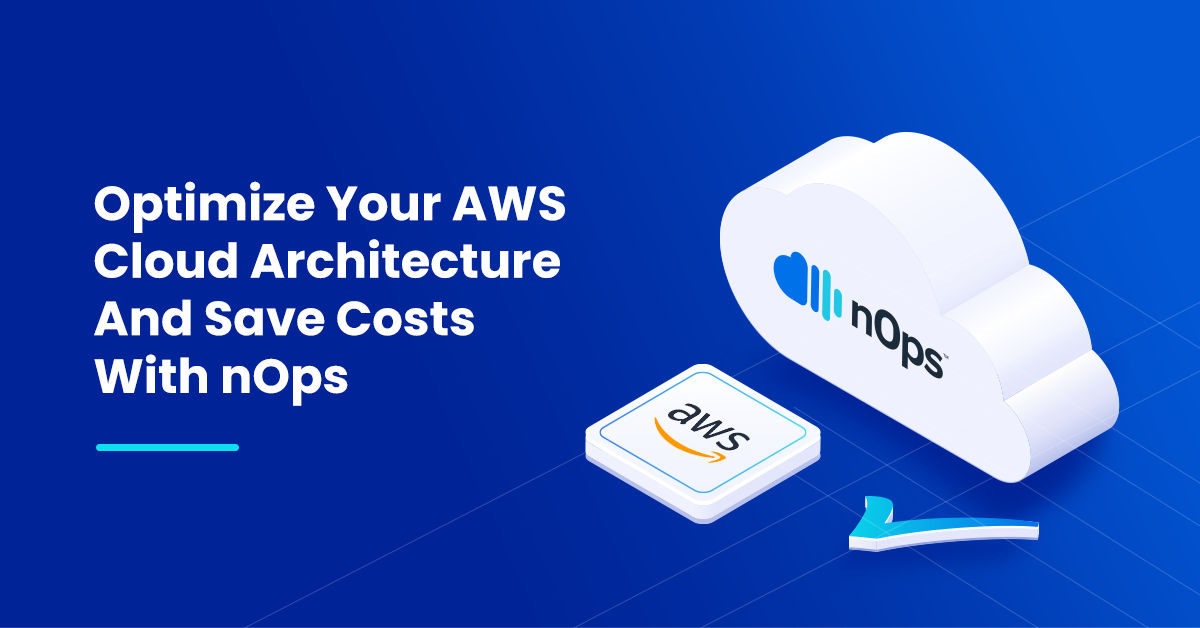 Cloud architecture can include its own set of challenges. If you are not careful, your cloud costs can significantly drive up.
nOps is an AI-driven AWS cloud management platform that can help you decrease your AWS bills by more than 50% on auto-pilot.
By leveraging AI and machine learning, nOps works continuously in the background to analyze and optimize your cloud costs. It offers features like cost allocation tagging, automated EC2 instance scheduling, planning for spot instances, and cost history reporting to help businesses decrease their AWS costs while still optimizing their cloud architecture.
With nOps you can,
Cloud architecture can include its own set of challenges. If you are not careful, your cloud costs can significantly drive up.
nOps is an AI-driven AWS cloud management platform that can help you decrease your AWS bills by more than 50% on auto-pilot.
By leveraging AI and machine learning, nOps works continuously in the background to analyze and optimize your cloud costs. It offers features like cost allocation tagging, automated EC2 instance scheduling, planning for spot instances, and cost history reporting to help businesses decrease their AWS costs while still optimizing their cloud architecture.
With nOps you can,
- Pay less for what you use.
- Pause idle resources automatically.


